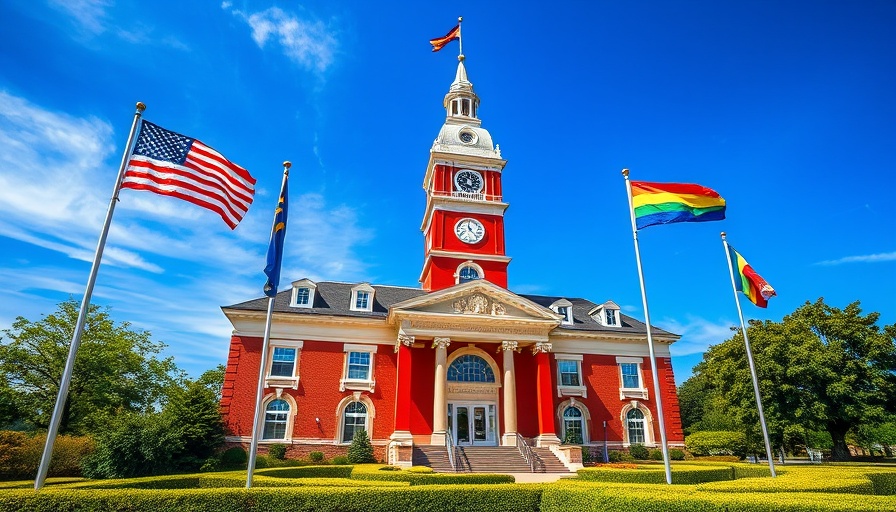
The Freeze That Could Affect Millions
The Trump administration's recent decision to withhold over $6 billion in federal education grants has stirred controversy across the nation. Officials claim that these funds, earmarked for programs targeting immigrant children and low-income students, have been misappropriated to help support what they describe as a "radical leftwing agenda." This development not only raises concerns about funding cuts but also highlights larger issues regarding education policy and immigrant rights in America.
What’s at Stake for Schools
The grants suspended include essential funding for after-school programs, summer schools, English language instruction, and adult literacy classes. According to the Office of Management and Budget, some schools allegedly employed these funds to support undocumented immigrants or even promote LGBTQ+ inclusivity, which they argue is not in alignment with President Trump’s administrative priorities.
This decision impacts various communities, particularly those with a high number of English learners. For instance, the $890 million allocated for English learners supports programs that train teachers and resources for family engagement—a crucial need for many school districts already struggling with tight budgets.
The Political Climate and Its Implications
Critics of this funding freeze argue that the administration’s framing misrepresents the reality of immigrant students in U.S. schools. Advocacy groups emphasize that the funds support millions of English learners, regardless of their immigration status. They assert that casting scrutiny on these programs is not only misleading but poses significant risks to the educational progress of all students involved.
Groups such as the National Association of Bilingual Educators have expressed strong concerns, noting that the administration's narrative diverts attention from pressing issues these children face. If cuts proceed, the repercussions could extend far beyond individual schools, potentially crippling whole districts.
Understanding the Policy Shift
The suspension of these grants marks a continuation of the Trump administration’s stringent policies around immigration and funding directed at marginalized communities. Previous actions, such as the travel ban and reduced visas for immigrants, have signaled a broader trend aimed at excluding immigrant populations, specifically those that lack documentation.
This tightening of funding also reflects ongoing debates about educational equity and access to resources, as schools continue to grapple with how to serve all children effectively. As states await further clarification regarding the funding suspension, the uncertainty adds to the anxiety faced by educators and families alike.
Community Response and Looking Forward
Advocates are mobilizing to fight back against these cuts, organizing rallies and campaigns to ensure that the needs of English learners and low-income students remain visible. They argue it is vital to remind policymakers that equitable access to education is a right, irrespective of a student's immigration status.
The collective hope among educators and advocates is to reshape the conversation around education funding not just as a fiscal issue, but as one of fundamental human rights and dignity. They call for policies that recognize the value brought by all students, regardless of their background.
Call to Action for Community Engagement
As the discussions evolve, a proactive stance from community members can be vital. Engaging with local educational authorities and advocating for transparency in the allocation of these funds can help ensure that children's needs take precedence. The future of many programs hangs in the balance, and vocal support can significantly impact their fate.
If you’re concerned about the education of children in your community and want to stay updated on this critical issue, consider joining local councils or advocacy groups. Your involvement could make a difference in preserving essential educational programs.
 Add Row
Add Row  Add
Add 




 Add Row
Add Row  Add
Add 

Write A Comment